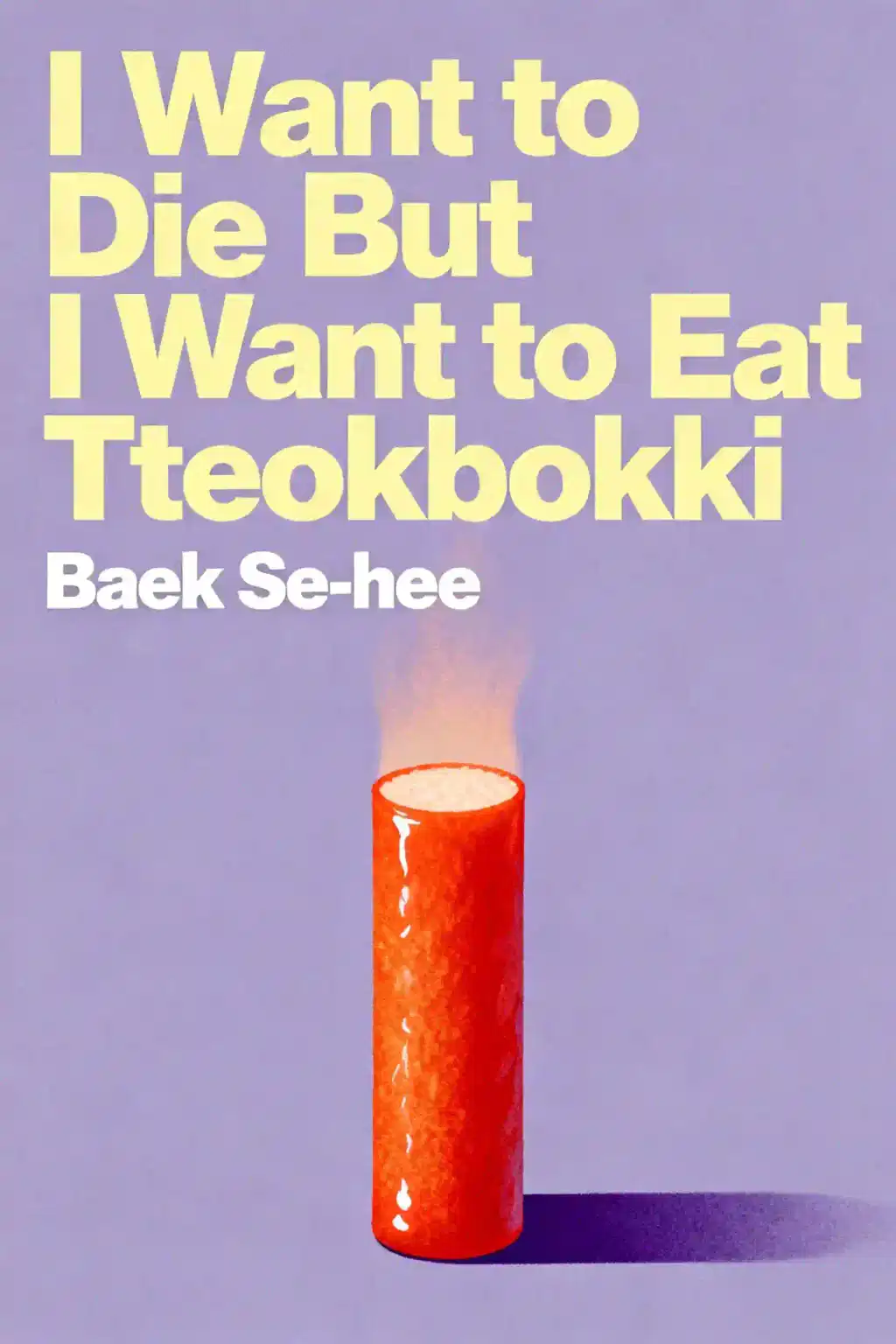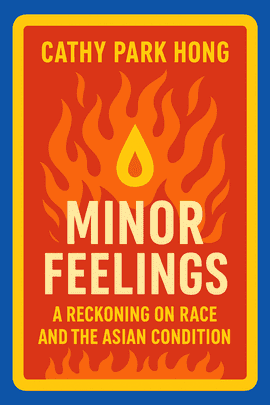What is
Crying in H Mart by Michelle Zauner about?
Crying in H Mart is a memoir exploring Michelle Zauner’s complex relationship with her Korean mother, Chongmi, as they navigate cultural identity, grief, and reconciliation during her mother’s terminal cancer diagnosis. Food serves as a central metaphor, connecting Zauner to her heritage and maternal bond. The book intertwines raw vulnerability with reflections on loss, identity, and healing through culinary traditions.
Who should read
Crying in H Mart?
This memoir resonates with readers interested in Korean-American experiences, mother-daughter dynamics, or grief narratives. Fans of Zauner’s music (Japanese Breakfast) and those seeking emotionally charged memoirs about cultural identity will find it compelling. It’s also valuable for readers exploring how food bridges memory and heritage.
Is
Crying in H Mart worth reading?
Yes, for its unflinching portrayal of grief and cultural belonging. Critics praise its visceral emotion and unique lens on Korean-American identity, though some note its fragmented structure. It’s widely acclaimed for its honesty about imperfect familial love and has impacted readers navigating similar losses.
How does
Crying in H Mart use food as a narrative device?
Food symbolizes Zauner’s connection to her mother and Korean roots. Recipes like kimchi and jjigae become acts of preservation, reflecting love, memory, and identity. Zauner’s detailed descriptions of meals—from H Mart shopping trips to deathbed rituals—underscore how culinary traditions anchor her amid grief.
What are key quotes from
Crying in H Mart?
Notable lines include:
- “Ever since my mom died, I cry in H Mart”—opening the memoir with grief’s physicality.
- “That was how my mother loved you… in subtle observations”—highlighting love expressed through acts, not words.
These quotes encapsulate the book’s themes of loss and cultural inheritance.
What criticisms exist about
Crying in H Mart?
Some reviewers find the narrative disjointed, with an uneven focus on Zauner’s music career and childhood anecdotes. Others note its hyper-personal tone may limit broader appeal, though this intimacy is also its strength.
How does
Crying in H Mart compare to other grief memoirs?
Unlike linear memoirs, Zauner blends cultural critique with visceral emotion, akin to Joan Didion’s The Year of Magical Thinking but infused with Korean-American specificity. Its food-centric approach distinguishes it from purely introspective grief narratives.
What does
Crying in H Mart reveal about biracial identity?
Zauner interrogates her “half-Korean” identity, detailing struggles to belong in Korean spaces or white American ones. Her mother’s critiques of her “American” habits and posthumous embrace of Korean traditions reflect this tension.
Why is the memoir titled
Crying in H Mart?
H Mart, a Korean grocery chain, represents a cultural haven where Zauner grieves publicly. The title encapsulates the intersection of mundane errands and profound loss, symbolizing how grief permeates daily life.
How does
Crying in H Mart address maternal relationships?
Zauner depicts a fraught yet deeply loving bond, marked by cultural expectations and generational divides. Her mother’s illness forces reckoning with unresolved conflicts, illustrating how caregiving reshapes their relationship.
Can
Crying in H Mart help readers process grief?
Yes. Zauner’s candid exploration of guilt, regret, and memory offers catharsis for those navigating loss. Her focus on ritual—like cooking her mother’s recipes—provides a blueprint for channeling grief into tangible acts of remembrance.
What cultural insights does
Crying in H Mart provide?
The memoir critiques Western individualism through Korean collectivist values, examining rituals like ancestral rites and communal meals. It contrasts Korean and American attitudes toward illness, death, and familial duty.














